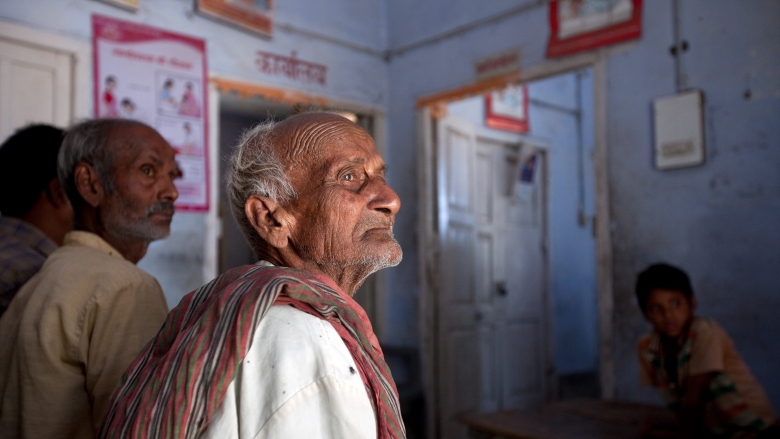While India is often characterized as a young country, by 2050, every fifth Indian will be above the age of sixty. An ageing population, with fewer children to depend on and changing family structures are creating one of the most important policy challenges for India. The question is: will India be able to ensure sustainable financial protection and dignity for its 104 million elderly - whose numbers are growing every year - by the time this demographic transition is complete?
The task will not be easy. Retirement support through pensions is crucial to any package of elderly support. At present, the gap between those who have pensions and those who don’t is huge. Only 12 percent of Indians are covered by a formal pension scheme. As a result, The problem is further compounded by rising life expectancy -nearly two decades at age 60 today, and the tiny savings of excluded individuals. Evidence from various sources suggests that those between 50 and 60 years of age do not have adequate pensions or retirement savings to support themselves for more than two years after they leave the workforce. Most of India’s elderly rely on a combination of physical assets and informal family-based arrangements for support.
There are two tools to support the elderly when earnings cease. First, contributory pension programs - such as the National Pension Scheme (NPS) and the Atal Pension Yojana (APY) recently announced by the central government - can cover a considerable number of those who have the financial capacity to save for their retirement. However, such programs only suit a small number of people, either formal employees or those who have the wherewithal to save. In contexts where savings are low and incomes irregular, the second tool - tax-funded unconditional cash transfers, also known as social pensions - become important to secure the future for those who are already old or who do not have the capacity to save for their old age. Evidence from countries such as China shows how rural social pensions tend to free up some of the support provided by children while also increasing health care consumption of the elderly.

